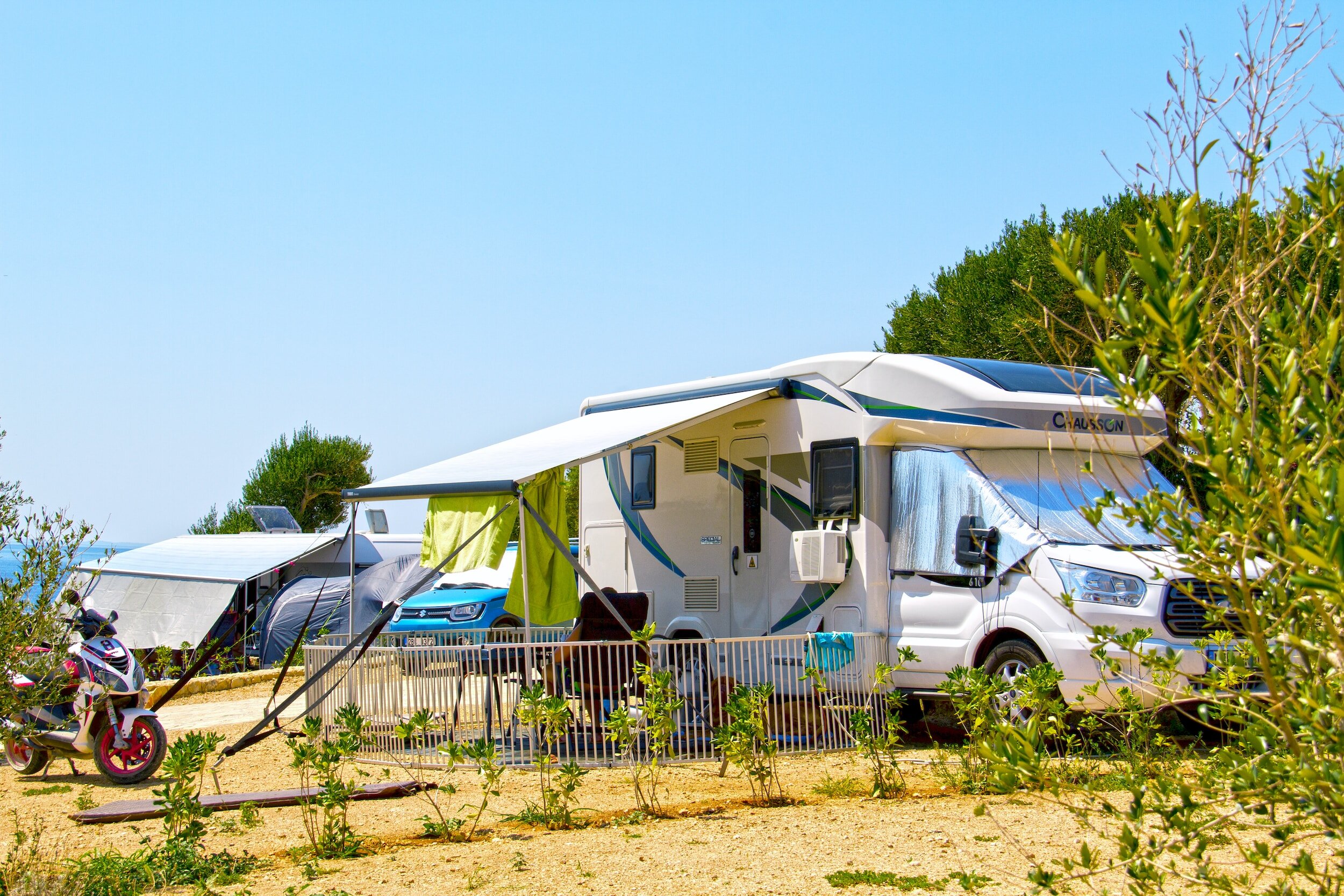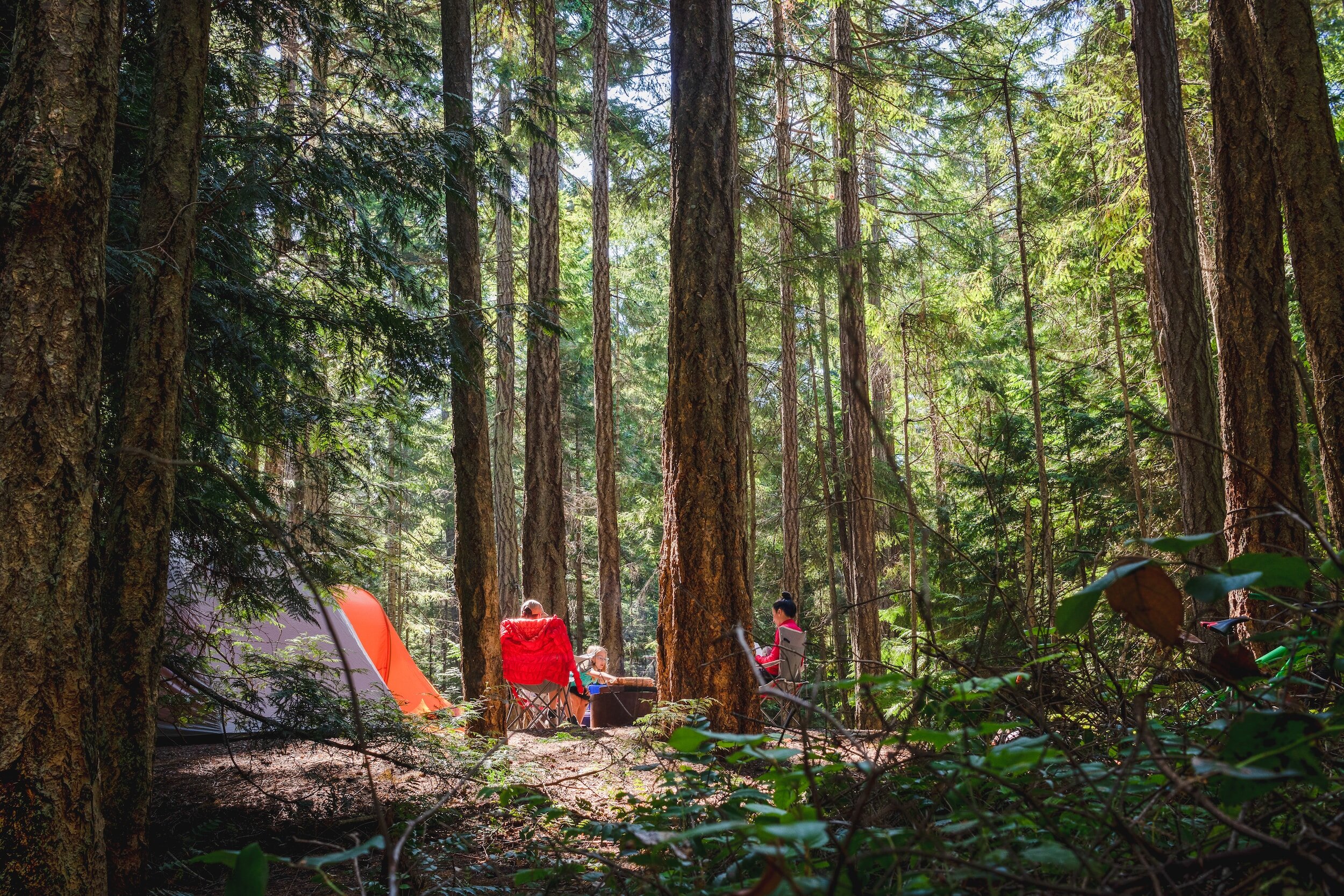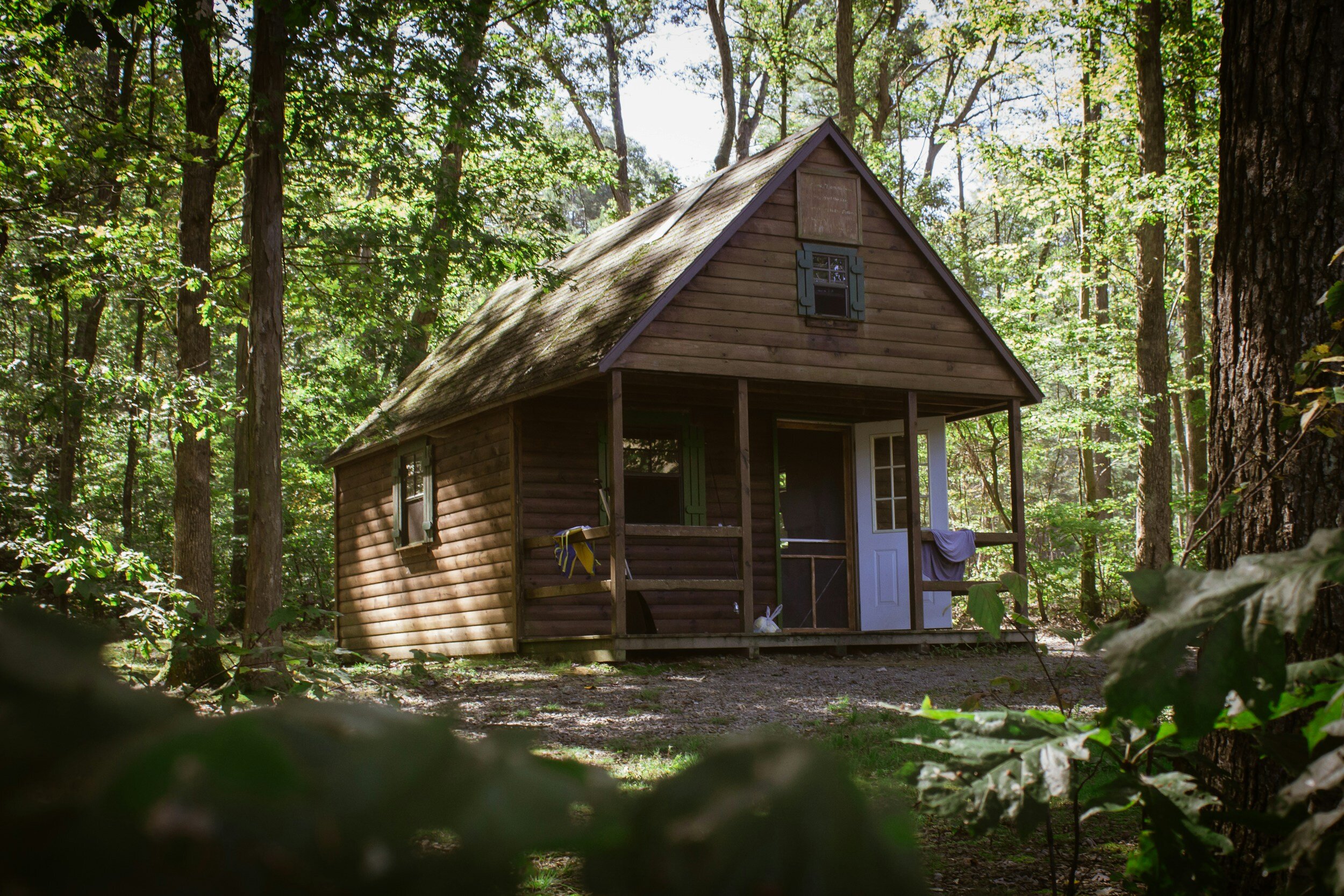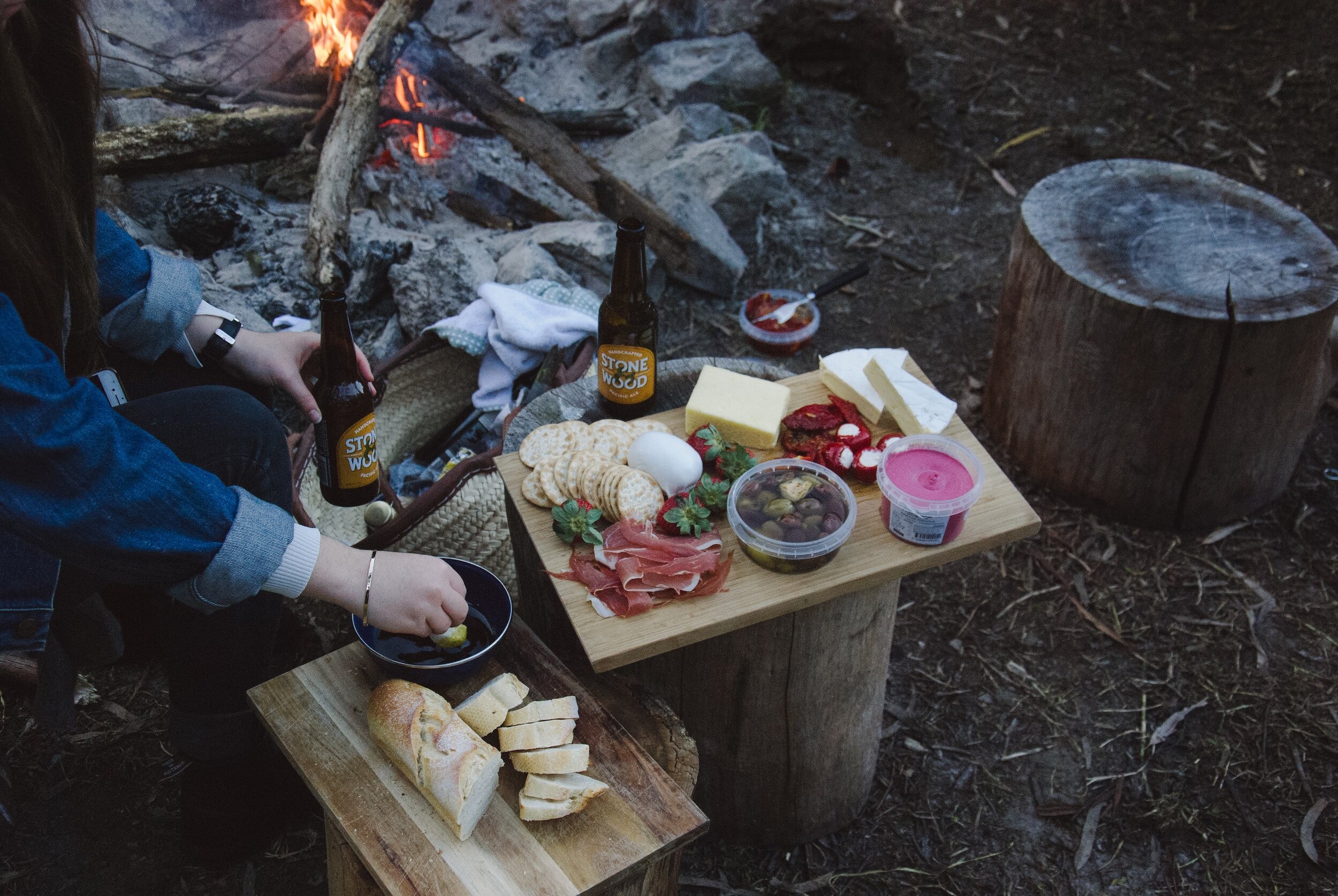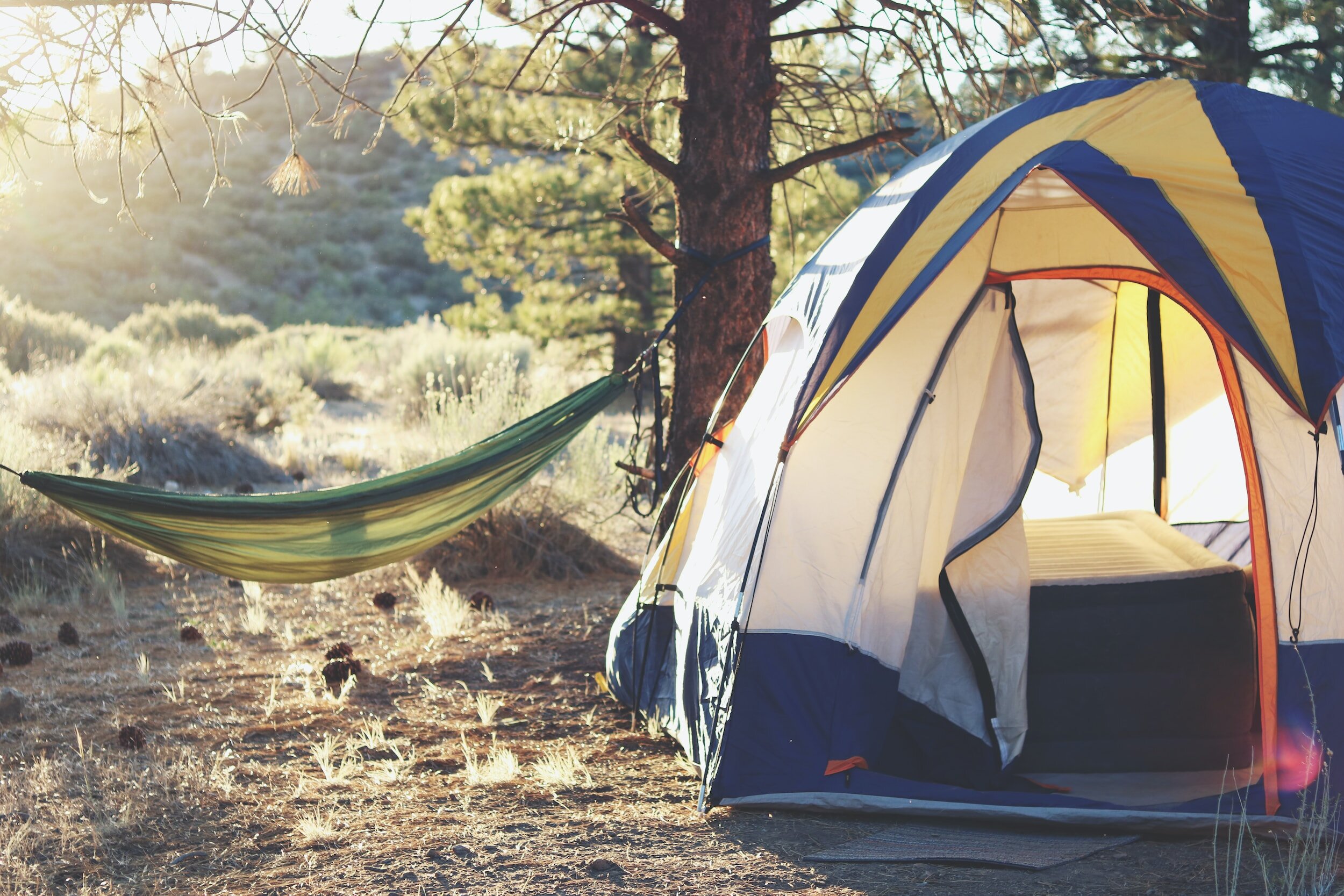How To Plan A Camping Trip
This post may contain affiliate links, which means I may receive a commission, at no extra cost to you, if you make a purchase through a link. This helps me keep the Sick Girl Travels blog running while providing you with high-quality product recommendations and great travel deals. Please see my full disclosure for further information. Thanks for your support!
Let’s Go Camping
Learning how to plan a camping trip is a skill that will come in handy at least a few times for most people. The world is taking to the great outdoors at the drop of a hat, or so it would seem if you believe everyone on Instagram.
If everyone’s doing it, then there has to be something good about ditching the comfort of your air-conditioned bedroom and roughing it out under the stars, right?
I’ve created the ultimate checklist and guide to trip planning that will prepare first time campers for an enjoyable and comfortable camping experience.
Find The Right Campsite
First, who are you camping with? Are you planning to explore the great outdoors solo with a backpack and GPS for company? Maybe you’re taking your significant other. Ask your partner about what defines the ideal camping experience for them. If you have your group of trusted buddies for company, then you have your work cut out for you. You’ll have to accommodate a bunch of different requests.
The first step to ensure a comfortable trip for everybody in tow is to find the right campsite. Decide whether you wish to head to a public or a private campground. What are the activities that you want to participate in? Some campers like to idle at the campground, next to a campfire roasting marshmallows.
For others, camping is an excuse to get their dose of sun and wind. Try to do lakes camping to engage in activities like kayaking and angling. National Parks are a great pick if your group prefers hiking. Just make sure you have a good packing list for hiking.
For some, getting to a National Park may mean a lengthy road trip and a state park may be a better choice. If you are heading kiddie camping, look specifically for a kid-friendly place that offers recreational facilities, like a playground, for instance. Or one that’s close to a theme park.
Planning the activities will also allow you to pack the right camping gear for the trip. There’s no perfect campsite, as long as it ticks most of the boxes, go for it.
Quick note for any disabled travelers with mobility issues, National Parks are great when it comes to accessibility. The National Parks website provides a full list of accessible campsites. The National Parks system also offers a free lifetime Access Pass to those with a permanent disability.
How Do You Plan To Camp?
As much as you’ll love camping in a tent, sometimes it’s too much work, especially if you have small children and the weather conditions aren’t forgiving either. Believe me when I tell you this. There’s nothing worse than being stuck in torrential rain with a wet tent and cranky kids. If you are going on a family trip, an RV, car camping, or a camping cabin can be a much better bet.
Cabins can be rustic with the bare minimum facilities, or it can be crammed with features that border on luxury. You’d have to check availability weeks in advance to avoid being stranded.
Do you also want a sewer hookup? That costs more, but makes RV camping much more enjoyable. And if you want to grease those elbows and pitch a tent the old-fashioned way, get some practice in your backyard before you try it at the campsite. Believe it or not, it’s more challenging to pack the tent and stuff it into the carrying case, than to put it up.
Be Aware Of Any Legal Requirements
Many ‘idyllic’ or ‘primitive’ camping sites are located in state/national parks that may require you to purchase a permit to pitch a tent. Ensure that you are aware of the legal requirements as well as park rules, if any. Showing up and finding out you can’t camp isn’t a good time.
Pick The Right Season To Camp
Ideally, you’d want to plan your camping trip when the sun is out shining, and the mercury doesn’t drop too much at night. But summer camping usually means dealing with large crowds, especially at the most popular campsites. If you prefer a tranquil setting, there’s nothing better than heading out in the offseason, which is winter or rains.
Ensure that you research the area that you plan to camp in. Is the weather unpredictable? What’s the temperature going to be?
…And Prepare For Inclement Weather Anyway
Even if the weather forecast is bright and sunny, be prepared for an unexpected spell of rain. Carry waterproofing solutions like a spray or an additional tarp for the sides of the tent. If you’re not camping with minimal gear, it can’t hurt to pack boots, black bags to store muddy boots and wet clothes with shoe protectors too. Be sure to include those on your packing list.
At the same time, be prepared for the best weather as well. (Nobody said this was gonna be easy) Carry sunglasses, sunscreen, hats, and the right clothing depending on the activities that you’ve chosen. Sunburn isn’t a good time when you’re trying to enjoy your trip!
Reserve In Advance
Regardless of when you plan to head camping, make your reservations in advance, especially for camping in those summer months. You’d be surprised at how fast the popular spots get filled. Some campsites also restrict the number of campers they allow. Your outdoor adventure could be over before it starts if you don’t reserve your campgrounds in advance.
Have A Meal Plan
As much as you may love smoked and charred meat, you’ll start craving for some ‘real’ food after a few days at the campsite. So, be sure to carry a gas stove and some additional gas canisters. Have a meal plan mapped out and stock up on the ingredients needed for it. If you are camping in a group, split it up.
You can minimize cooking to twice a day, say breakfast and dinner, and make do with cereals and sandwiches for snacks and lunch. A cooler is invaluable for keeping your food good if you are tent camping! Also, cooking duties can be shared between the campers too – one person doesn’t have to be the chef the whole time.
Don’t forget to check in advance whether you are allowed a fire at the campsite. Sometimes you have to use a fire pit to get the fire off the ground.
Make A Gear And Camping Supplies Checklist
Make a checklist of clothing and toiletries, general supplies, first aid and safety essentials, pet supplies if your dog is accompanying you, and kitchen supplies. You probably won’t be able to figure out everything you need in the first attempt itself. So make a list and you’ll end up refining it over time. Here’s a great list of camping necessities.
Closing Thoughts
That’s it, folks. I’ve exhausted my supply of tips on how to plan a camping trip. I know that this isn’t the most exhaustive camping planning guide in the world. However, it’s a good starting point for your research. Don’t hesitate to reach out if you have any questions.



